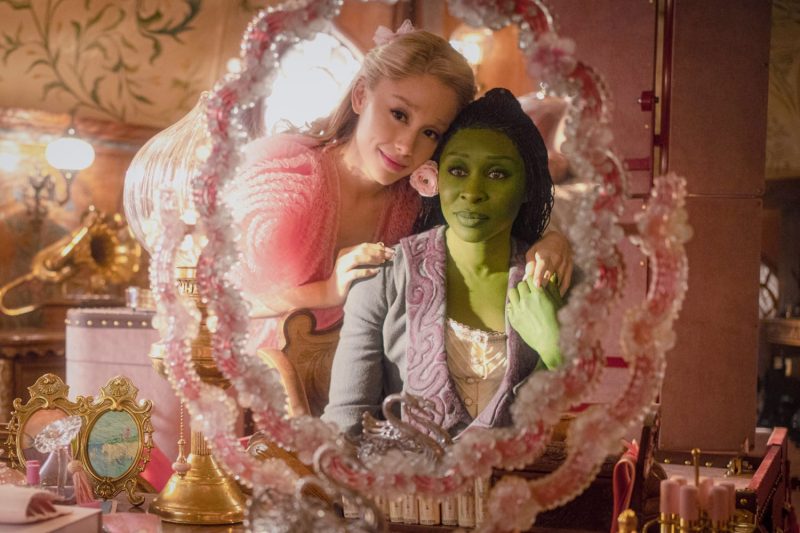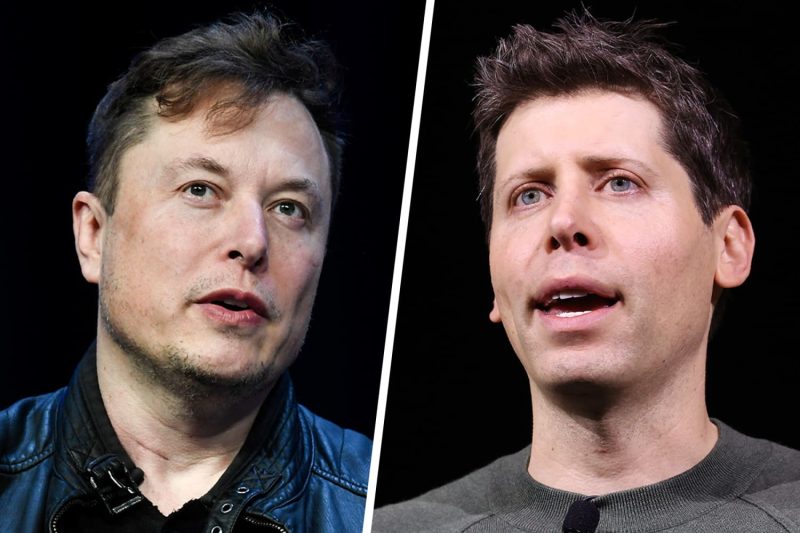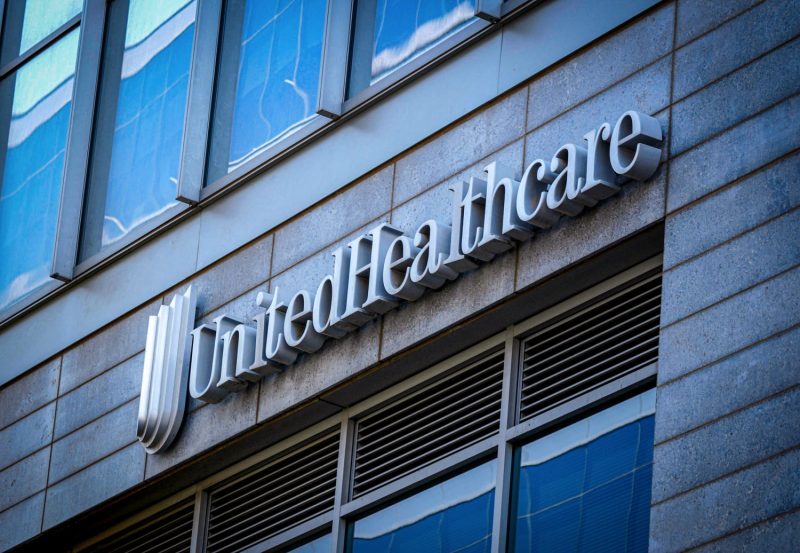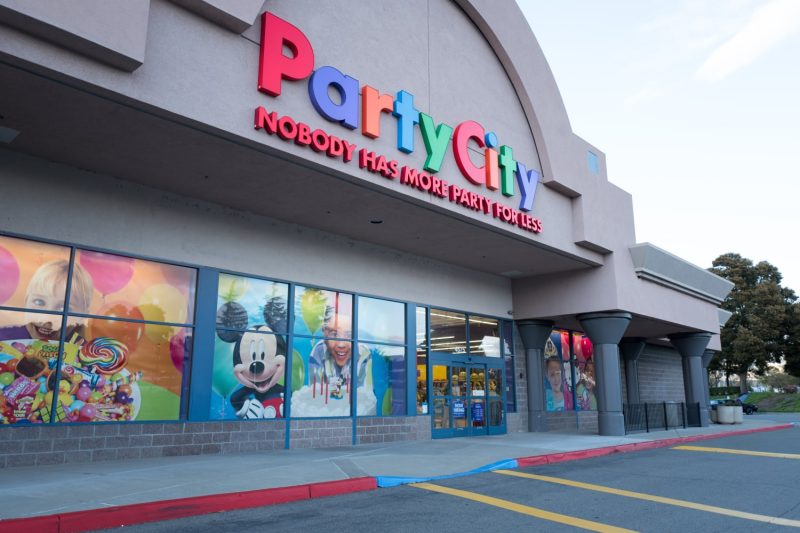
Universal is hoping the excitement around “Wicked” can hang around — for good.
The movie studio faces a unique challenge: promote and release two build-on films just one year apart. Part one of the “Wicked” cinematic project dazzled at the box office, collecting more than $700 million in global ticket sales through Sunday. Not only did it have the highest opening of any theatrical Broadway adaptation, but it is also now the highest-grossing film based on a Broadway musical, according to data from Comscore.
The question for Universal ahead of the release of part two — “Wicked: For Good,” due out in November — is how to keep its biggest fans engaged without alienating its more casual audiences.
Marketing experts told CNBC that pent-up demand for the movie, combined with the first film’s success, makes promoting its follow-up much easier.
″[Generating] close to $500 million is an amazing feat for that film,” said Mike Polydoros, CEO at cinematic marketing agency PaperAirplane Media. “They have all these fans who have seen the movie over and over again and came to the sing-alongs. They’ve marked their calendars for the second part of the movie.
“So, the marketing of it is more about keeping that group engaged and keeping them [informed] … and giving them just enough nuggets without oversaturating,” Polydoros said.
Universal already has one thing working in its favor: When it launches the marketing campaign for “Wicked: For Good,” it will be able to add best picture Academy Award nominee to its franchise promotions.
On Thursday, the studio snared 10 nominations for “Wicked,” including for lead actress, supporting actress, film editing, sound, score, production design, costume, visual effects and makeup and hairstyling.
The overall marketing plan for “Wicked: For Good” is expected to be similar to the playbook used for “Wicked” with a few alterations to keep it fresh and avoid oversaturating audiences.
Universal jumpstarted the first film’s advertising strategy with a teaser trailer that ran during the Super Bowl in February. The nearly 90-second spot gave fans their first glimpse of Oz, as well as Cynthia Erivo’s triumphant battle cry from “Defying Gravity,” the closing number of the first act of the Broadway musical.
“There wasn’t a debate,” Michael Moses, Universal’s chief marketing officer, told Variety back in November. “When you’re working on materials, you always have those kinds of conversations. But if there’s a single sound associated with ‘Wicked,’ it’s certainly that end to ‘Defying Gravity.’ … Ending that spot with it felt assured and inescapably the right call.”
The Super Bowl ad spot was followed up by another teaser trailer at the annual CinemaCon in Las Vegas in April and a quick appearance from Elphaba (Erivo) and Glinda (Ariana Grande). The co-stars attended the Met Gala in New York City a month later, walking the red carpet together and closing out the evening with a surprise performance. Then, in July, the pair were spotted at the Paris Olympics, which was televised by NBC.
“Our filmmakers and our talent were very accessible throughout this process,” said Dave O’Connor, president of franchise management and brand strategy at Universal. “Many of them participated in various parts of our campaign, from the straight marketing that we did for the film, but also with our partnerships and some of the unique opportunities that our company brought to the table. So I think that was also something that felt organic and authentic to the process.”
Universal peppered audiences with different iterations of the film’s trailer and teaser videos throughout the summer, leading into its big marketing push — more than 400 corporate brand partnerships. Retail stores were flooded with pink and green merchandise, from apparel, accessories, footwear, beauty and costumes to home decor, toys and even one-of-a-kind cars. The collections ranged in price, allowing consumers to choose from affordable and luxury options to show off their love of all things “Wicked.”
“I get asked a lot, ‘What is the state of exhibition?‘” said Brandon Jones, president and chief marketing officer of FilmFrog. “And I think that ‘Wicked’ is the perfect example of this. The state of exhibition is, and has always been, to influence culture.”
With nine months before the release of “Wicked: For Good,” Universal will look to repeat the success of the first film’s marketing campaign, but with some variation.
“I think our intent would not be to replicate, but certainly to evolve and to continue to do incredible work and find the right balance of partnerships that can innovate and really match the heart of the next film,” O’Connor said.
Like “Wicked,” “Wicked: For Good” arrives the weekend before Thanksgiving. This gives the film breathing room for a solid opening weekend before Disney drops its traditional animated release the day before the holiday. This year, it will be “Zootopia 2.”
“Wicked: For Good” will then be able to capitalize on school vacations and family gatherings to fuel a strong second week of ticket sales — the same strategy employed for “Wicked” amid the surprise release of Disney’s “Moana 2” on the Thanksgiving holiday last year.
Cinemas will also look to capitalize on the prior success of “Wicked” when promoting “Wicked: For Good.” While Universal will provide creative assets such as trailers, standees and other digital and physical materials, theaters big and small will look for ways to lure audiences to their locations with special collectible popcorn buckets and unique food and drink options.
“Until, really, the last [decade], exhibitors just relied on studios to do most of the marketing and that really started to change around 2016 or 2017,” said Jones. “Because the relationship between the film and the moviegoer is actually managed by exhibitors. Because you don’t buy your ticket for ‘Wicked’ from Universal. You buy it from your local movie theater.”
Jones noted that the quick release of “Wicked: For Good,” almost exactly one year after “Wicked,” allows movie theaters to engage with guests more acutely.
Using ticket sales data, cinemas can market on a one-to-one basis during the 12-month period between releases to not only promote the second film, but also entice moviegoers to return for other in-theater programming that is similar to “Wicked.”
“It’s one thing to market the movie, it’s another thing to market the experience of going to the movies,” Jones added.
Disclosure: Comcast is the parent company of NBCUniversal and CNBC. NBCUniversal is the distributor of “Wicked” and owns NBC Sports and NBC Olympics. NBC Olympics is the U.S. broadcast rights holder to all Summer and Winter Games through 2032.













